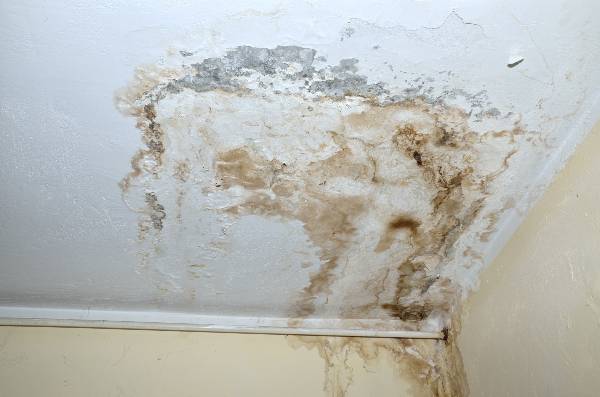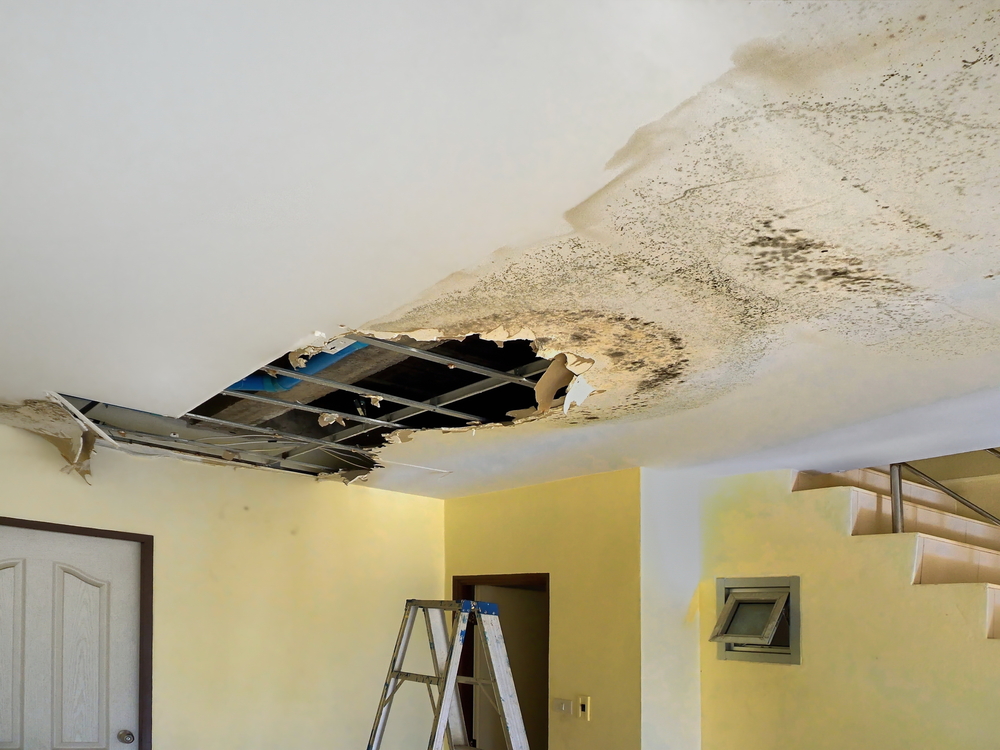6 Ways to Locate Concealed Water Leaks in Your House
6 Ways to Locate Concealed Water Leaks in Your House
Blog Article
The article listed below relating to Locating water leaks is unquestionably informative. Read on and make your own personal final thoughts.

Early discovery of dripping water lines can reduce a potential catastrophe. Aside from saving you cash, it will certainly reduce the worry as well as disappointment. The minute you find a leakage, calling your plumber for repair services is the most effective solution. Some tiny water leaks might not be noticeable. If you can not find it with your nude eyes, here are some hacks that assist.
1. Take A Look At the Water Meter
Examining it is a guaranteed method that aids you uncover leaks. If it moves, that suggests a fast-moving leak. This suggests you might have a slow leak that can even be underground.
2. Inspect Water Intake
If you find unexpected adjustments, regardless of your consumption being the very same, it suggests that you have leaks in your plumbing system. An unexpected spike in your bill suggests a fast-moving leakage.
Meanwhile, a stable increase every month, even with the exact same routines, shows you have a slow-moving leak that's additionally gradually intensifying. Call a plumber to extensively examine your residential property, specifically if you feel a cozy location on your floor with piping below.
3. Do a Food Coloring Test
When it comes to water intake, 30% comes from toilets. If the shade somehow infiltrates your bowl throughout that time without flushing, there's a leak in between the tank and also bowl.
4. Asses Outside Lines
Don't neglect to check your exterior water lines as well. Should water leak out of the connection, you have a loose rubber gasket. One little leak can squander heaps of water as well as spike your water bill.
5. Analyze the situation and check
Home owners should make it a practice to inspect under the sink counters as well as even inside cabinets for any bad odor or mold growth. These two red flags indicate a leakage so punctual focus is called for. Doing routine evaluations, even bi-annually, can save you from a major trouble.
If you understand your home is already old, maintain a careful eye on your heaters, hoses, pipelines and so on. Check for discolorations and also weakening as the majority of appliances and also pipelines have a life expectancy. They will certainly also naturally wear away as a result of tear and wear. If you believe dripping water lines in your plumbing system, don't await it to intensify. Call an expert plumber right now so you don't wind up with a horrible mess in your home.
Early detection of dripping water lines can reduce a possible disaster. Some little water leaks might not be noticeable. Inspecting it is a surefire method that assists you uncover leaks. One little leak can lose loads of water and also spike your water expense.
If you believe leaking water lines in your plumbing system, do not wait for it to escalate.
How to Know If Your Home Has a Hidden Leak
Water Meter Reveals Inexplicable Water Usage
If you’d like to test whether or not there’s a leak somewhere in your home, you can do this using your water meter. Here is how to conduct the test:
Don’t use any water in your home for at least 30 minutes; this also means not turning on faucets or water-using appliances.
Go outside, and check your water meter for activity.
If your water meter shows that there was activity, even though no one was using any water, this proves that there is a leak in your home.Visible Mold or Mildew Growth
Leaks behind walls create moist, dark environments that allow mold and mildew to grow and thrive. Eventually, you might see mold growth forming on the wall closest to a hidden leak.
If mold is growing in an area that receives a high amount of moisture, such as a bathroom, it may simply be an indication that better ventilation is needed. However, if you see mold growth on a wall or the ceiling in an area where you would not expect, you probably have a hidden leak.
Musty, Mildew Odor
Sometimes you might not be able to see the mold or mildew that is growing as a result of a leak. However, the smell can give the problem away just as easily. If you catch a whiff of something musty, there’s a good chance that old water is collecting somewhere in your home that you can’t see.
Stained/Warped Walls, Ceilings, or Floors
When your home soaks up water, a variety of red flags can become visible, including ceiling stains, bubbling drywall, warped walls, and sagging floors. While these issues can be caused by excess humidity, they can also be signs that a pipe or plumbing connection has started leaking behind your walls.
Inexplicably High Water Bill
After a while, you get a general sense for what your water bill should be. If you own a pool or sprinkler system, your bill will tend to be higher during summer. However, if you receive a water bill that seems especially high, and you can’t figure out what caused it, then you may have a hidden leak somewhere that’s increasing your bill.
https://www.plumbingjoint.com/blog/2019/july/how-to-know-if-your-home-has-a-hidden-leak/

As a fervent reader on Top leak detection hacks, I assumed sharing that excerpt was really helpful. Please take the opportunity to promote this post if you enjoyed reading it. I am grateful for your time. Visit us again soon.
Report this page